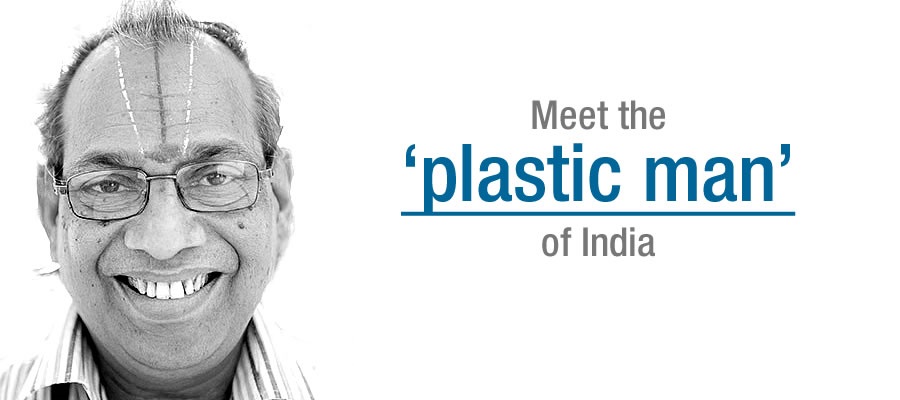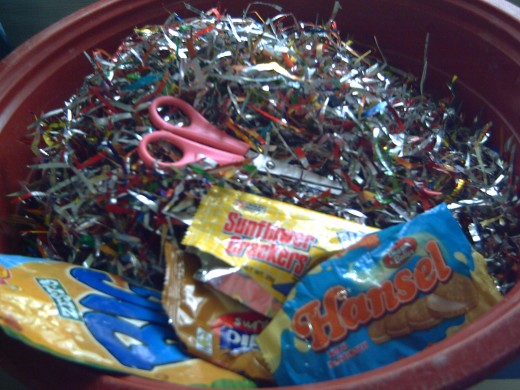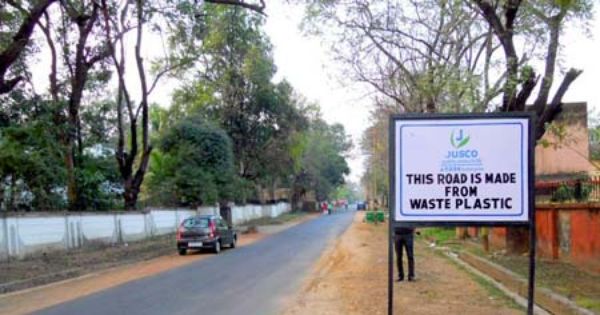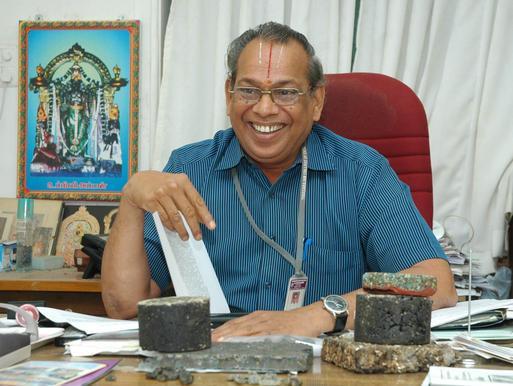Published on: 2/3/2016IST
Roads Made of Plastic Waste in India? Yes! Meet the Professor Who Pioneered the Technique.
A Government order in November 2015 has made it compulsory for all street engineers in the nation to utilize waste plastic, alongside bituminous blends, for street development. This is to conquer the developing issue of plastic waste transfer in India. The innovation for this was produced by the 'Plastic Man' of India, Prof Rajagopalan Vasudevan, Teacher of Science at Thiagarajar School of Building, Madurai.
Plastic has gradually turned into a fundamental part of every single human necessity. Plastic convey sacks, bundling material, containers, glasses, and different things have gradually supplanted everything made of other material because of the upsides of plastic. Plastic is tough, simple to deliver, lightweight, unbreakable, unscented, and concoction safe.
But plastic does not decompose. This is its biggest drawback.

Photo source: www.changebhai.in
Plastic trash is generally seen around the nation and has begun bringing about a few issues. Plastic waste stops up channels, bringing on surges. It gags creatures who eat plastic packs, and so forth. Plastics found in fields pieces germination and forestall water assimilation.
Recycling plastic can be done only 3-4 times and melting the plastic for recycling releases highly toxic fumes.
By the turn of the century, a ton of commotion was being made to decrease the utilization of plastic and control the waste it was creating. It was amid this time when, one night, Prof. Vasudevan saw a specialist on a TV program saying that plastic "broke up" in water bodies created contamination.
“This set me thinking. Since plastic is a product of petroleum this theory of the doctor had to be false. There was a lot of serious talk about banning plastics all over the country and finding solutions to the waste plastic strewn all over. I decided to take up the challenge to experiment with waste plastics and see if I could find a solution,” he says.
Laboratory results of mixing waste plastic with heated bitumen and coating the mixture over stone proved positive. He implemented the use of plastic waste on a road constructed inside the premises of his college in 2002.
“To date, this stretch of road is still going strong,” he says.
In 2006, the Thiagarajar College of Engineering received the patent for this technology.
The plastic waste items that can be used for road construction are various items like plastic carrybags, plastic cups, plastic packaging for potato chips, biscuits, chocolates, etc.

Photo source: hubpages.com
The entire process is very simple. The plastic waste material is first shredded to a particular size using a shredding machine. The aggregate mix is heated at 165°c and transferred to the mixing chamber, and the bitumen is heated to 160°c to result in good binding. It is important to monitor the temperature during heating.
The shredded plastic waste is then added to the aggregate. It gets coated uniformly over the aggregate within 30 to 60 seconds, giving an oily look. The plastic waste coated aggregate is mixed with hot bitumen and the resulting mix is used for road construction. The road laying temperature is between 110°c to 120°c. The roller used has a capacity of 8 tons.
“The advantages of using waste plastics for road construction are many. The process is easy and does not need any new machinery. For every kilo of stone, 50 gms of bitumen is used and 1/10th of this is plastic waste; this reduces the amount of bitumen being used. Plastic increases the aggregate impact value and improves the quality of flexible pavements. Wear and tear of the roads has decreased to a large extent,” explains the proud Plastic Man of India.
This road construction process is extremely eco-friendly, with no toxic gases being released.

Photo Source: walkabilityasia.org
A road made of waste plastic
This process has generated an additional job for rag pickers.
Plastic waste helps increase the strength of the road, reducing road fatigue. These roads have better resistance towards rain water and cold weather. Since a large amount of plastic waste is required for a small stretch of road, the amount of waste plastic strewn around will definitely reduce.
Prof R Vasudevan’s inclination to keep experimenting led to another innovation. He decided to try creating a stone block with plastic coating and, in 2012, ‘plastone’ took birth. A plastone block is made from a mixture of waste plastic and stone. It has been found to withstand more pressure and it resists water percolation. In the professor’s department of chemistry they have made plastone blocks using granite and ceramic waste, along with plastic waste.
Each plastone block consumes 300 plastic carry bags and around six PET bottles.
“It is an easier way of disposing off plastic bottles which are found scattered all over,” points out Dr. Vasudevan.
Almost 10% of solid waste consists of used materials that can be broken into pieces and used in the making of plastone. Industrial slug can also be used in the process. One of the foremost advantages of plastone is its non-porous nature and the ability to prevent water penetration.

Photo Source: newsyoucanusebeta.blogspot.in
Prof. R. Vasudevan
Plastone can be used for flooring, especially outdoors. It can be a cheap and strong substitute for cement blocks, which have a tendency to wither away in constant rain. It can be an effective liner for water bodies, especially canals, preventing water seepage. It can also be used to raise compound walls. A coat of emulsion can be provided to make it colourful and attractive.
The college, and the professor in particular, have been receiving many queries from various countries in Europe and the Americas for this technology.
“Swacch Bharat is our first priority,” says the professor. “We will first help India dispose of its waste material by spreading the message about the use of plastic waste in road construction and usage of plastone. Once we have made headway in almost every part of our country, we will share this technology with other countries.”
2/3/2016 | | Permalink
